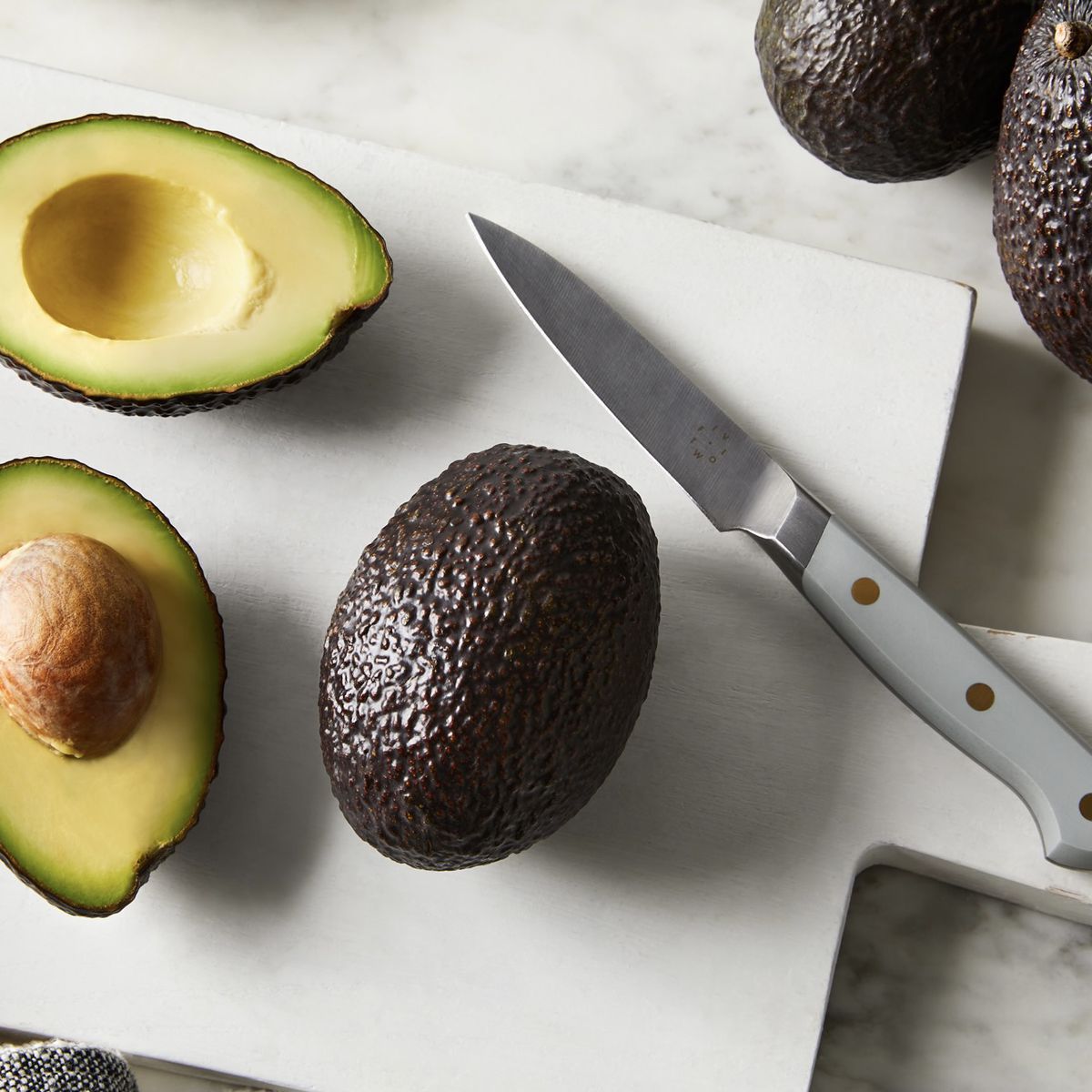

Articles
How To Store Cut Avocados In The Refrigerator
Modified: February 26, 2024
Learn the best method for storing cut avocados in the refrigerator to keep them fresh and prevent browning. Read our helpful articles on avocado storage now!
(Many of the links in this article redirect to a specific reviewed product. Your purchase of these products through affiliate links helps to generate commission for Storables.com, at no extra cost. Learn more)
Introduction
Avocados are not only delicious but also packed with essential nutrients. Many people enjoy incorporating avocados into their meals, whether it’s in salads, sandwiches, or as a creamy topping for toast. However, avocados can quickly turn brown and mushy once they are cut open, making storing them a challenge. In this article, we will explore the best methods for storing cut avocados in the refrigerator to keep them fresh and appetizing.
Once an avocado is sliced or the flesh is exposed to air, it undergoes a process called oxidation. This process causes the avocado to turn brown due to the reaction between enzymes and oxygen. While this discoloration doesn’t necessarily mean that the avocado is spoiled, it can affect its appearance and taste, which may make it less appetizing.
To prevent this oxidation process and maintain the freshness and quality of cut avocados, it’s crucial to store them properly. By following a few simple techniques and using some household ingredients, you can extend the lifespan of your cut avocados and ensure they remain in optimal condition.
Before we dive into the storage options, there are a few factors to consider that can affect the freshness and shelf life of your cut avocados. Understanding these factors will allow you to make informed decisions and choose the most suitable storage method.
Key Takeaways:
- Keep cut avocados fresh by storing them with lemon juice, onion, olive oil, or in an airtight container. Consider ripeness, time since cutting, and other factors for optimal storage.
- Storing cut avocados prevents waste, ensures convenience, and maximizes their shelf life. Choose from various methods like using lemon juice, onion, or olive oil for freshness.
Read more: How To Store A Cut Avocado
Why Do You Need to Store Cut Avocados?
Storing cut avocados is essential for several reasons. Firstly, if you have a large avocado and only need a portion of it for a recipe or meal, you may want to save the rest for later use. Storing the remaining portion properly will help prevent waste and ensure that you can enjoy the avocado when you’re ready.
Additionally, avocados are quite perishable and can spoil quickly if not stored correctly. The exposed flesh of a cut avocado is particularly vulnerable to oxidation, which leads to browning and degradation of its texture. By employing proper storage techniques, you can slow down the oxidation process and maintain the avocado’s freshness and flavor for a longer period.
Another reason to store cut avocados is convenience. Pre-cut avocados can be a great time-saver, especially when you’re in a rush or planning ahead for meals. Storing cut avocados properly allows you to have them readily available, whether for adding to salads, making guacamole, or enjoying them on sandwiches and toast.
Lastly, storing cut avocados can be cost-effective. Avocados can be quite expensive, and it can be disappointing to throw away an entire avocado just because you didn’t use it all at once. By storing cut avocados properly, you can maximize their shelf life and get the most out of your purchase.
Now that we understand the importance of storing cut avocados, let’s explore the key factors that you need to consider before storing them.
Factors to Consider Before Storing Cut Avocados
Before you store cut avocados, there are a few crucial factors to consider. These factors can influence the freshness and longevity of your avocado slices or halves, ensuring that you store them in the optimal conditions.
1. Ripeness: The ripeness of the avocado plays a significant role in determining how long it will last once cut. If the avocado is already very ripe, it will not stay fresh as long as a firmer, less ripe avocado. Consider using the ripest avocados first and storing the less ripe ones for later use.
2. Time Since Cutting: The longer the avocados have been cut, the more prone they are to oxidation and turn brown. Ideally, store cut avocados as soon as possible after they have been sliced or halved to minimize the exposure to oxygen.
3. Exposure to Air: Avocados start to oxidize once the flesh is exposed to air. When storing cut avocados, you want to minimize their exposure to oxygen as much as possible. This can be achieved by using airtight containers or methods that create a barrier between the avocado flesh and the air.
4. Temperature: Low temperatures slow down the oxidation process and help preserve the freshness of cut avocados. Refrigerating the avocados is the best option for maintaining their quality and preventing spoilage.
5. Other Ingredients: Some ingredients, such as lemon juice, onion, or olive oil, can help slow down the browning process and extend the shelf life of cut avocados. These ingredients contain antioxidants or create a protective layer that prevents oxidation.
By taking these factors into account, you can ensure that you are well-prepared to store your cut avocados properly. In the following sections, we will explore various methods for storing cut avocados and discuss their benefits and procedures.
Proper Preparation of Avocados for Storage
Before you store your cut avocados, it’s essential to prepare them properly to ensure maximum freshness and minimize the risk of browning. Follow these steps to prepare your avocados for storage:
1. Wash the avocados: Before cutting into the avocados, wash them thoroughly with water to remove any dirt or bacteria that may be present on the skin. This step ensures that the avocado flesh remains clean and safe to eat.
2. Slice or halve the avocados: Depending on your preference and the intended use, slice the avocados into thin slices or halve them, removing the pit in the process. Remember to use a sharp knife to make clean cuts, minimizing any damage to the flesh.
3. Remove any brown or damaged areas: Inspect the flesh of the avocado and remove any brown or bruised areas. These areas are more prone to oxidation, so it’s best to discard them to preserve the quality of the remaining avocado.
4. Leave the skin intact: To protect the exposed flesh, leave the skin of the avocado intact. The skin acts as a natural barrier, shielding the flesh from direct contact with air and slowing down the oxidation process.
5. Keep the pit intact (optional): Some people believe that leaving the pit in the cut avocado helps prevent browning. While there isn’t strong scientific evidence to support this claim, you can choose to leave the pit intact if you prefer.
By following these preparation steps, you are ensuring that your avocados are clean, properly cut, and ready for storage. Now that your avocados are prepared, let’s explore different methods for storing them in the refrigerator.
Option 1: Storing Cut Avocados with Lemon Juice
One popular method for storing cut avocados is to use lemon juice. The acid in lemon juice helps slow down the browning process and preserves the green color of the avocado flesh. Here’s how you can store your cut avocados with lemon juice:
1. Squeeze fresh lemon juice: Start by squeezing fresh lemon juice into a bowl. You’ll need approximately 1 tablespoon of lemon juice per avocado.
2. Dip the cut avocado in lemon juice: Take each cut avocado slice or half and dip it into the lemon juice, making sure that the flesh is coated with the juice. Alternatively, you can use a brush to apply the lemon juice directly onto the exposed flesh.
3. Store in an airtight container: Place the lemon juice-coated avocado slices or halves in an airtight container. Make sure to pack them tightly to minimize exposure to air. You can also cover the container with plastic wrap to create an additional layer of protection.
4. Refrigerate immediately: Once the avocados are prepared and stored in the airtight container, place them in the refrigerator. The cool temperature will help slow down the oxidation process and keep the avocados fresh for longer.
5. Use within 1-2 days: While the lemon juice helps delay browning, it doesn’t completely prevent it. Therefore, it’s best to consume the stored avocados within 1-2 days for the best quality and taste.
By using lemon juice, you can store your cut avocados and maintain their appealing green color. This method is simple, effective, and requires minimal ingredients. However, if you don’t have lemon juice on hand, don’t worry — there are alternative methods for storing cut avocados that we will explore next.
Read more: How To Store Cut Avocados
Option 2: Storing Cut Avocados with Onion
Another method for storing cut avocados and preventing browning is by using onion. The natural compounds found in onions, particularly sulfur compounds, act as antioxidants and help slow down the oxidation process. Here’s how you can store your cut avocados with onion:
1. Slice an onion: Start by slicing an onion into thick slices or wedges. The exact amount of onion needed will depend on the number of avocados you’re storing.
2. Place the onion slices in an airtight container: Take the onion slices and place them at the bottom of an airtight container. Spread them out evenly to create a bed for the avocados.
3. Arrange the cut avocado pieces: Take the cut avocado slices or halves and place them on top of the onion slices in the container. Make sure the avocado flesh is in direct contact with the onion.
4. Cover and refrigerate: Seal the airtight container tightly and place it in the refrigerator. The combination of the onion’s antioxidant properties and the sealed environment will help keep the avocados fresh and delay browning.
5. Use within 2-3 days: While storing avocados with onion can extend their shelf life, it’s advisable to use them within 2-3 days for optimal quality.
This method not only helps preserve the freshness of the cut avocados but also adds a subtle flavor from the onion. However, keep in mind that the avocados may take on a slight onion aroma, so it’s best suited for dishes where the taste complements the overall flavors.
If you prefer to store your avocados using a different method, don’t worry – there are additional options available. Let’s explore another method for storing cut avocados next.
Store cut avocados in the refrigerator with the pit still intact to help prevent browning. Alternatively, sprinkle the exposed flesh with lemon or lime juice before storing in an airtight container.
Option 3: Storing Cut Avocados with Olive Oil
Storing cut avocados with olive oil is another effective method that helps prevent browning and maintain their freshness. The oil creates a protective layer over the avocado flesh, acting as a barrier against air and oxidation. Here’s how you can store your cut avocados with olive oil:
1. Prepare the cut avocado: Slice the avocado or remove the pit and scoop out the flesh into a bowl. Cut the avocado into smaller pieces if desired.
2. Drizzle with olive oil: Drizzle enough olive oil over the cut avocado pieces to coat them evenly. You can use extra virgin olive oil for its rich flavor and health benefits.
3. Toss gently to coat: Gently toss the cut avocado pieces in the bowl to ensure they are coated with the olive oil. Be careful not to mash or damage the avocado flesh in the process.
4. Transfer to an airtight container: Place the olive oil-coated avocado pieces into an airtight container. Ensure the container is appropriately sized to accommodate the avocados without leaving excess air space.
5. Cover and refrigerate: Seal the airtight container tightly and store it in the refrigerator. The chilled temperature and the layer of olive oil will help slow down the browning process and keep the avocados fresh.
6. Use within 2-3 days: While storing avocados with olive oil can prolong their freshness, it’s best to consume them within 2-3 days to maintain the best texture and flavor.
This method not only helps preserve the vibrant green color of the avocado but also adds a pleasant flavor from the olive oil. It is commonly used when the avocados will be used in salads or other dishes where the taste of olive oil complements the flavor profile.
With the option of storing avocados with olive oil, you have another effective method to keep your cut avocados fresh and ready for use. However, keep in mind that some people prefer to use plastic wrap for storing avocados, which we will explore in the next option.
Option 4: Storing Cut Avocados with Plastic Wrap
Using plastic wrap is a simple and convenient method for storing cut avocados. The plastic wrap creates a barrier between the avocado flesh and the air, minimizing exposure to oxygen and preventing browning. Here’s how you can store your cut avocados with plastic wrap:
1. Slice the avocado: Begin by slicing the avocado or removing the pit and scooping out the flesh. Cut the avocado into smaller pieces if desired.
2. Wrap each avocado piece: Take a sheet of plastic wrap and place one avocado piece in the center. Fold the plastic wrap over the avocado and press it gently to ensure it adheres to the flesh. Repeat this process for each avocado piece.
3. Seal tightly: Twist the ends of the plastic wrap to seal the avocado securely inside. Ensure that the plastic wrap covers the avocado entirely, leaving no exposed flesh.
4. Refrigerate immediately: Place the wrapped avocado pieces in the refrigerator as soon as possible. The cold temperature will help slow down the oxidation process and maintain the freshness of the avocados.
5. Use within 2-3 days: While using plastic wrap can help extend the shelf life of cut avocados, it’s best to consume them within 2-3 days to ensure optimal taste and texture.
Storing avocados with plastic wrap is a straightforward option that requires minimal ingredients and effort. It provides a reliable seal to keep the avocados fresh and prevent browning. This method is especially useful when you have a small number of cut avocado pieces that you want to store individually.
Now that you have learned about storing avocados with plastic wrap, you have another effective technique to keep your avocados fresh. However, if you don’t have plastic wrap on hand, don’t worry – we have more storage options to explore.
Option 5: Storing Cut Avocados with a Cut Onion
If you don’t have lemon juice or other ingredients on hand, storing cut avocados with a cut onion is a simple and effective alternative. The sulfur compounds in onions act as natural antioxidants, helping to slow down the oxidation process and prolonging the freshness of the avocados. Here’s how you can store cut avocados with a cut onion:
1. Slice an onion: Begin by slicing an onion into thick slices or wedges. The number of onion slices needed will depend on the number of avocados you plan to store.
2. Cut a small piece of onion: Take one of the onion slices and cut a small piece, approximately the size of the avocado slice, from it. This piece will be placed directly on top of the avocado flesh.
3. Place the onion piece on the avocado: Take the cut avocado slice or half and place the small piece of onion directly on top of the exposed flesh. Press it gently to ensure good contact between the avocado and the onion.
4. Store in an airtight container: Place the avocado with the onion piece in an airtight container. If you have multiple avocados, arrange them in a single layer, placing separate onion pieces on each avocado slice or half.
5. Cover and refrigerate: Seal the airtight container tightly and place it in the refrigerator. The combination of the onion’s natural antioxidants and the controlled, cool temperature will help delay the browning process and keep the avocados fresh for longer.
6. Use within 2-3 days: While storing avocados with a cut onion can help extend their shelf life, it’s best to consume them within 2-3 days for optimal taste and quality.
Storing cut avocados with a cut onion is a simple and economical option, as it only requires an onion and an airtight container. The onion can also add a subtle flavor to the avocados, enhancing the overall taste of your dishes.
Now that you’ve learned how to store cut avocados with a cut onion, you have yet another method to keep your avocados fresh and prevent browning. However, if you’re looking for an alternative option, we have one more storage method to explore.
Read more: How To Store Cut Avocado
Option 6: Storing Cut Avocados in an Airtight Container
If you prefer a straightforward and versatile method for storing cut avocados, using an airtight container is an excellent option. This method creates a sealed environment that helps minimize the exposure of the avocados to air and slows down the oxidation process. Here’s how you can store your cut avocados in an airtight container:
1. Prepare the cut avocado: Slice the avocado or remove the pit and scoop out the flesh into a bowl. Cut the avocado into smaller pieces if desired.
2. Place the avocado pieces in the container: Transfer the cut avocado pieces into a suitable-sized airtight container. Ensure that the container has enough space to accommodate all the avocado pieces without overcrowding.
3. Press down gently: Use a clean spoon or your hand to press down gently on the avocado pieces, ensuring they are snugly packed in the container. This will help reduce air exposure and minimize browning.
4. Seal the container tightly: Secure the lid of the airtight container tightly to create a strong seal. Check that no air can get in or out, as this will help maintain the freshness of the avocados.
5. Refrigerate immediately: Place the sealed container of avocados in the refrigerator as soon as possible. The cool temperature of the refrigerator will slow down the oxidation process and keep the avocados fresh.
6. Use within 2-3 days: While storing avocados in an airtight container helps extend their shelf life, it’s recommended to consume them within 2-3 days for optimum flavor and texture.
Storing cut avocados in an airtight container is a versatile and convenient method. It doesn’t require any additional ingredients and allows you to store avocados of different sizes and shapes. This method is especially useful when you have a larger quantity of avocados that you want to keep together without any added ingredients.
With the option of storing avocados in an airtight container, you have another reliable technique to keep your avocados fresh and ready to enjoy. Now that you’ve explored various storage methods, choose the one that suits your preference and ingredients availability.
Remember, regardless of the method you choose, always check and discard any avocados that show signs of spoilage or have an off smell. Freshness and quality are key to enjoying the best-tasting avocados.
Happy storing and enjoy your delicious avocados!
Conclusion
Storing cut avocados properly is essential for preserving their freshness, preventing browning, and maximizing their shelf life. By considering factors such as ripeness, time since cutting, exposure to air, temperature, and other ingredients, you can make informed decisions and choose the most suitable storage method.
Throughout this article, we explored various options for storing cut avocados, each with its advantages. Lemon juice provides acidity to slow down browning, while onions and olive oil offer natural compounds that act as antioxidants. Using plastic wrap or storing avocados in an airtight container creates a barrier against air, and in the case of using a cut onion, adds a hint of flavor.
Remember that no matter which method you choose, it’s essential to refrigerate the avocados promptly after cutting them and consume them within a few days to ensure their best quality. Additionally, always inspect the avocados for any signs of spoilage before consuming them.
So whether you have a leftover avocado from a meal or you want to prepare avocados in advance for convenience, these storage methods will help you maintain the freshness and flavor of your cut avocados.
The next time you’re faced with a partially used avocado, you can confidently store it using one of these methods and rest assured that it will be ready and delicious when you need it. Say goodbye to wasting avocados and hello to enjoying them whenever you desire!
Now, armed with this knowledge, go forth and store your cut avocados with confidence. Enjoy the benefits of these versatile and nutritious fruits for days to come!
Frequently Asked Questions about How To Store Cut Avocados In The Refrigerator
Was this page helpful?
At Storables.com, we guarantee accurate and reliable information. Our content, validated by Expert Board Contributors, is crafted following stringent Editorial Policies. We're committed to providing you with well-researched, expert-backed insights for all your informational needs.
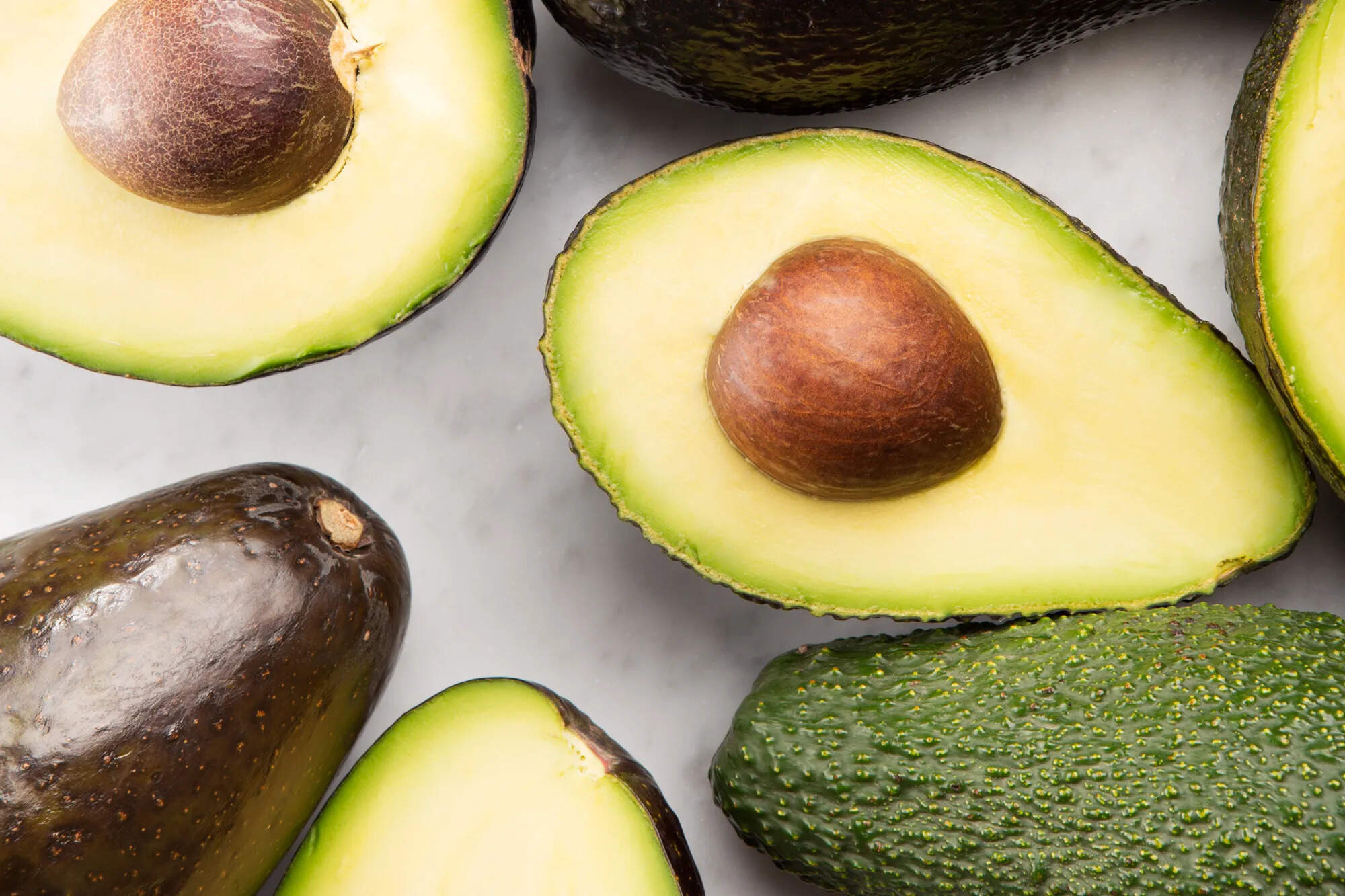
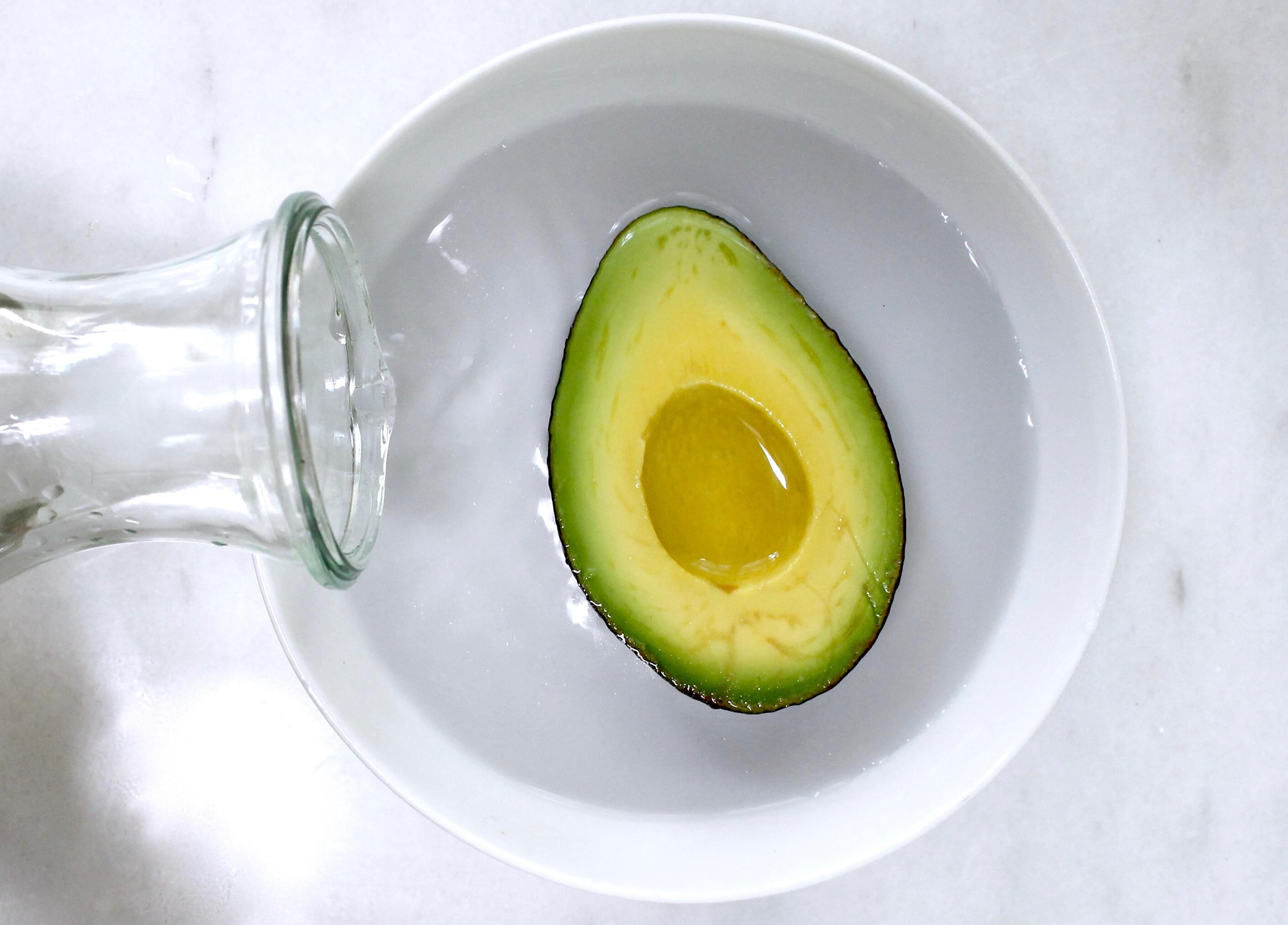
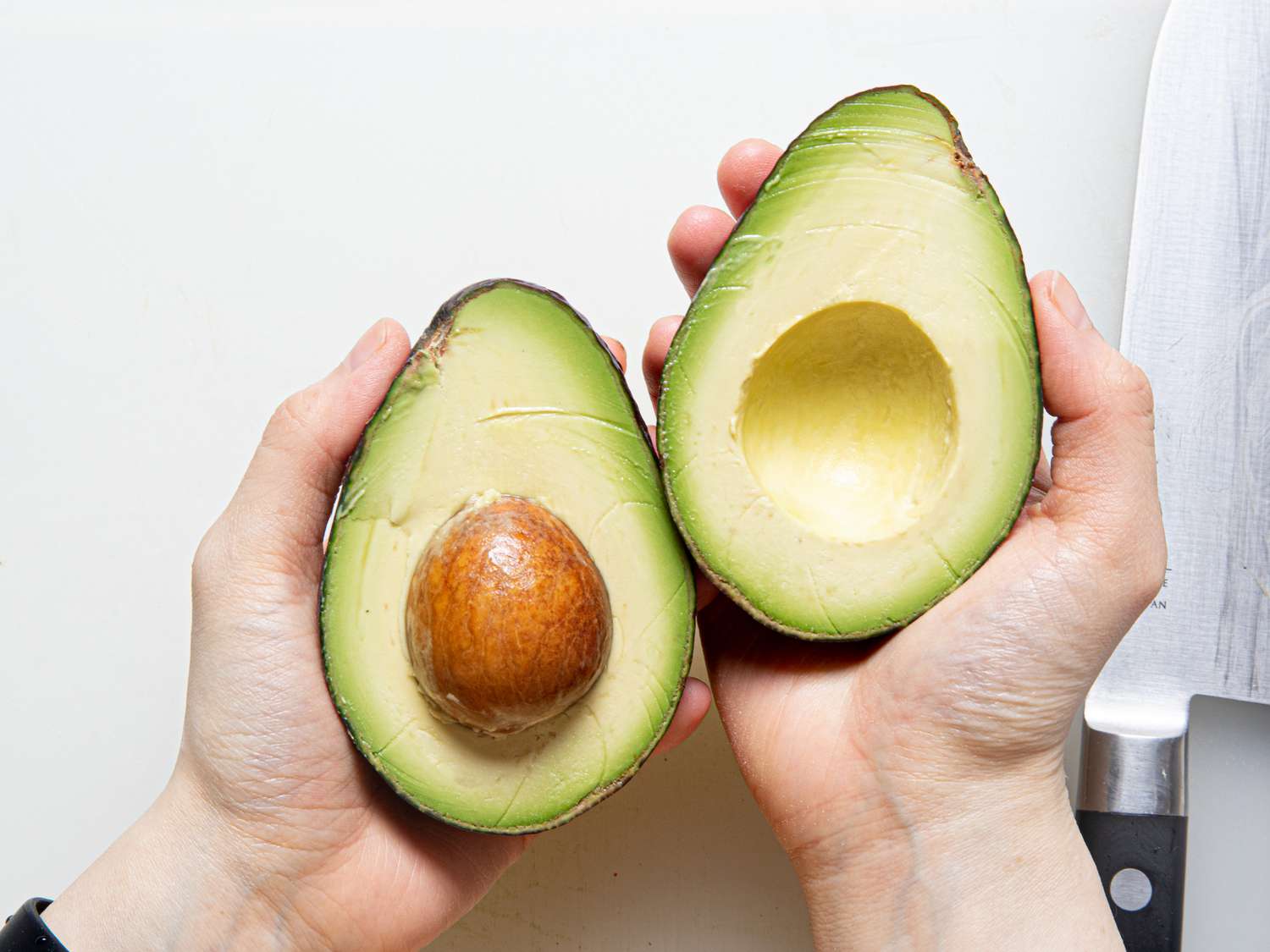
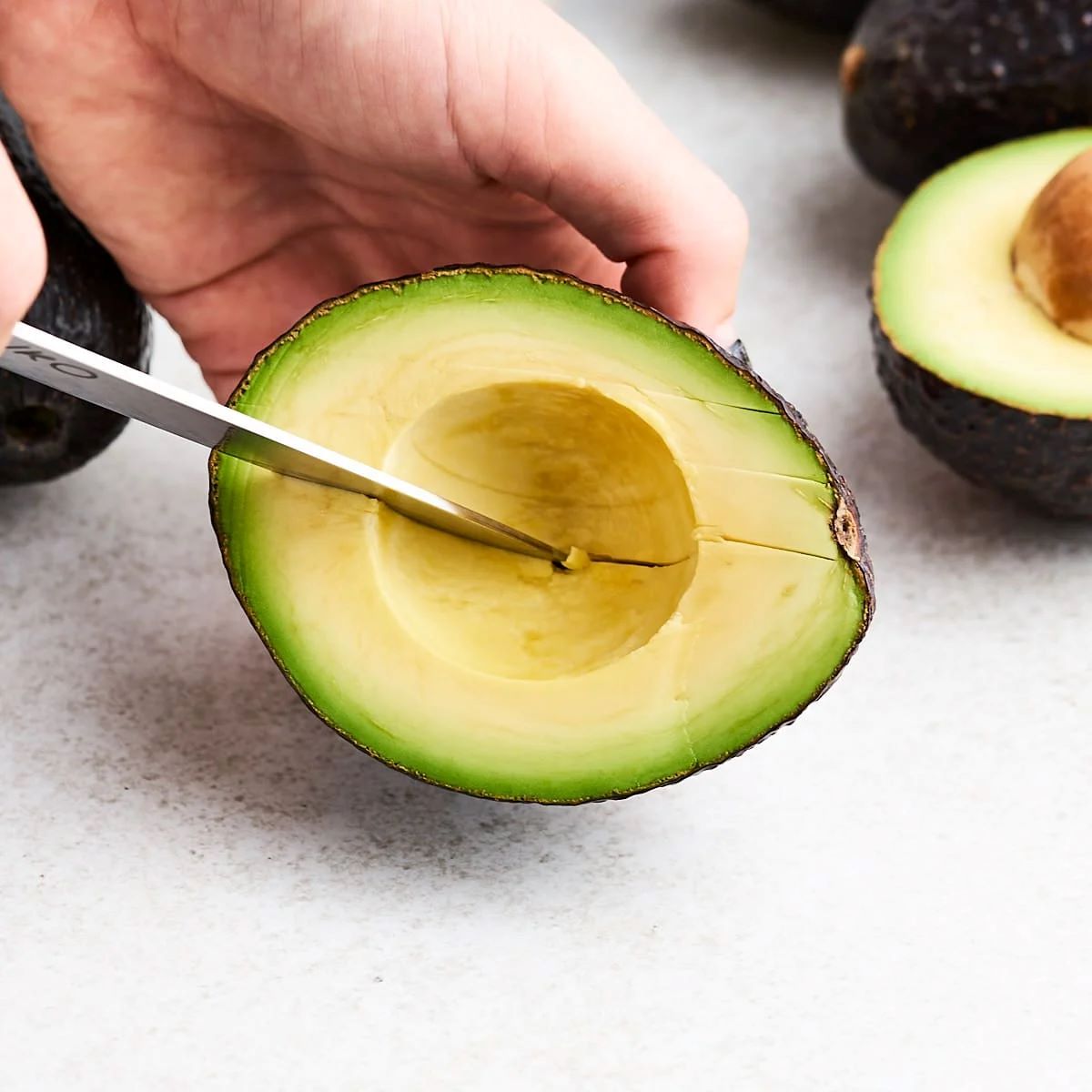
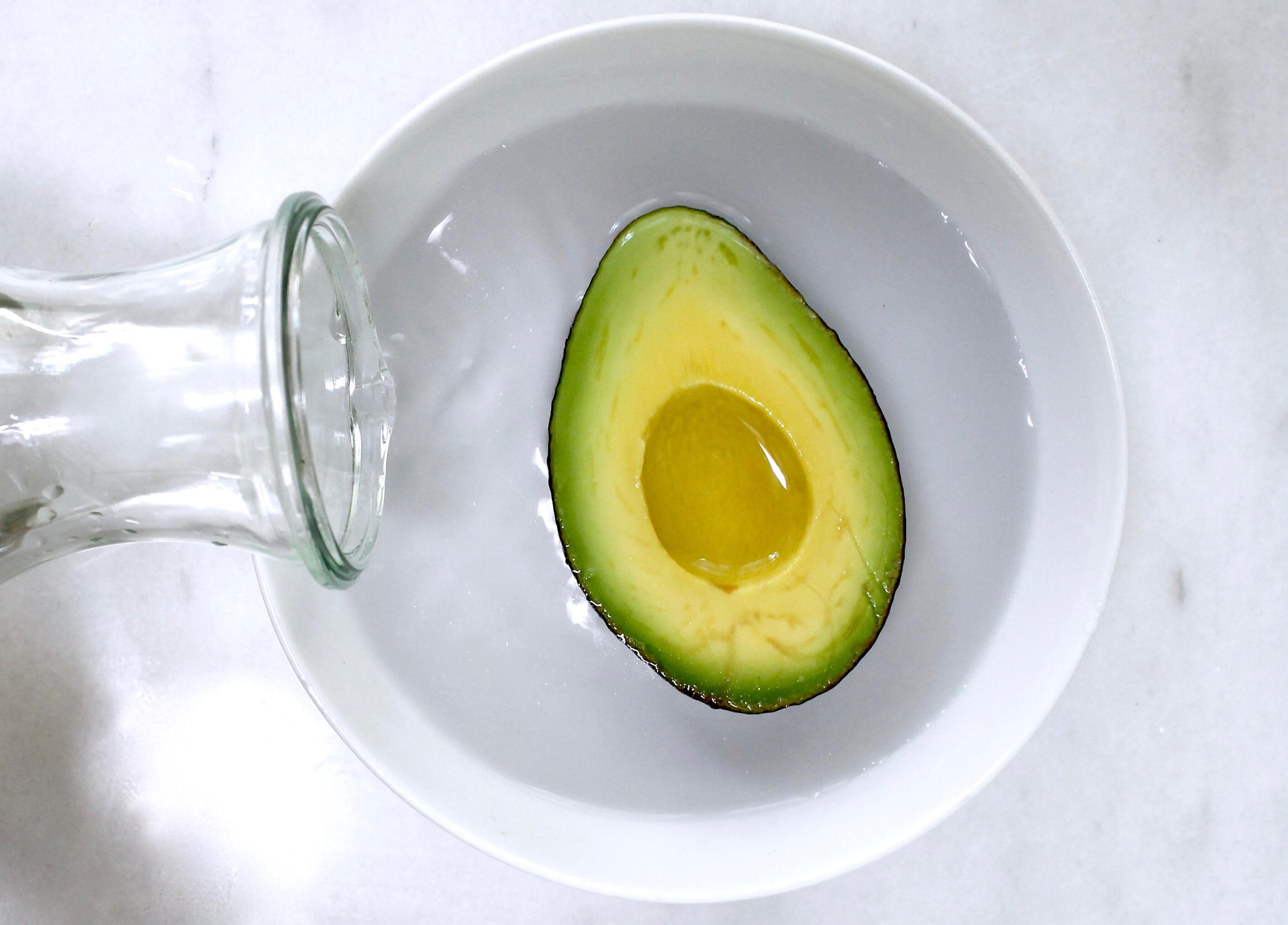
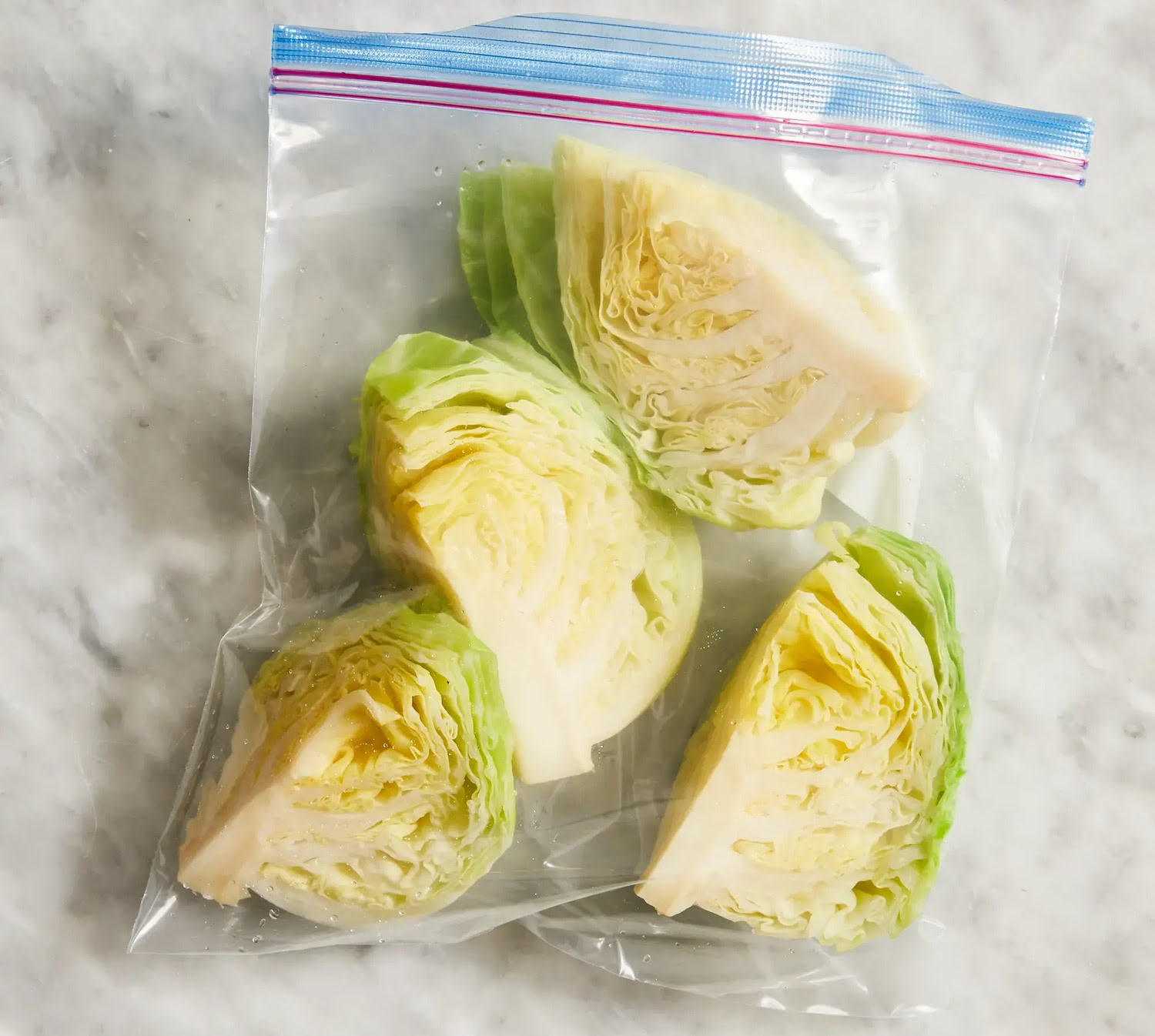
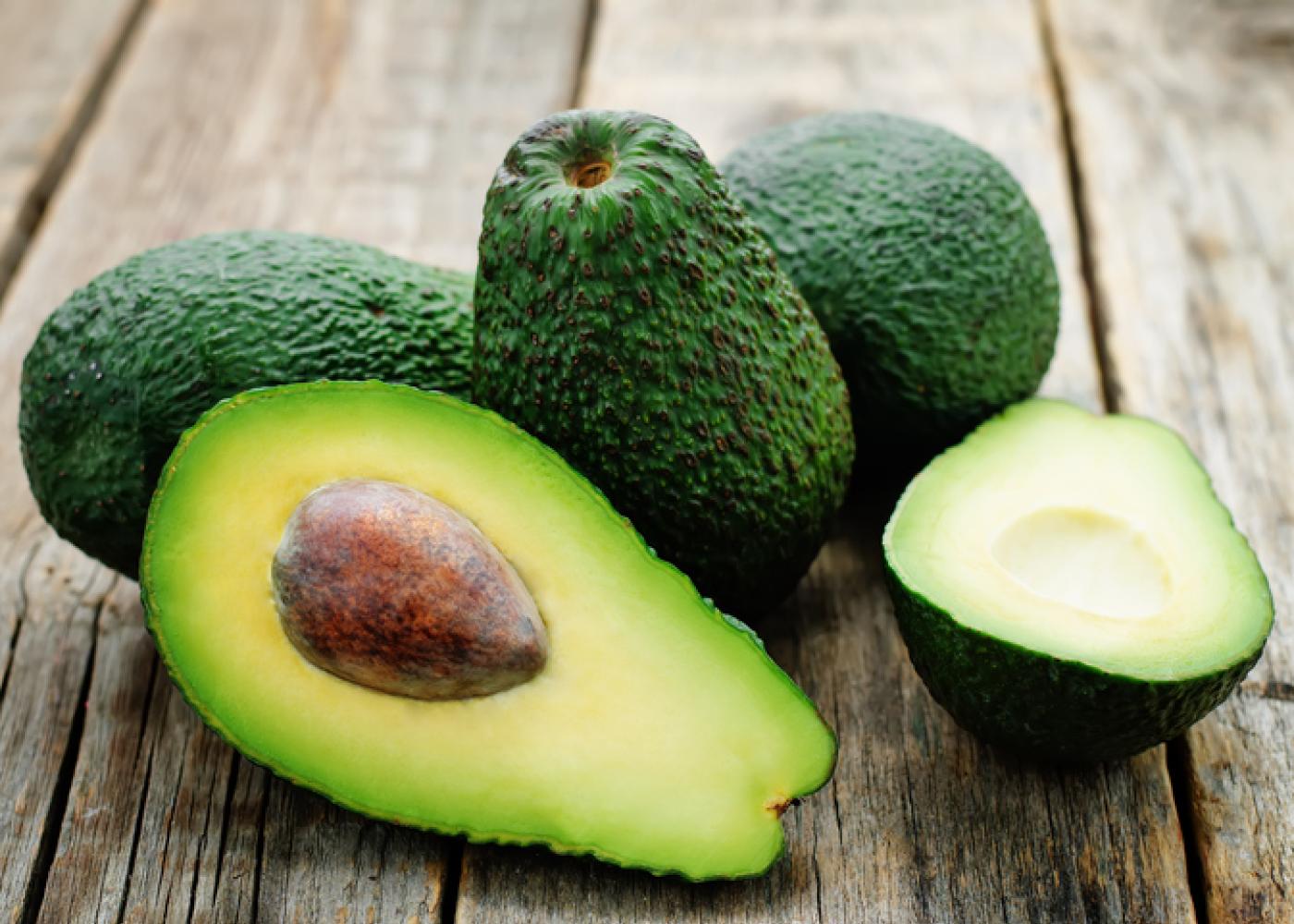
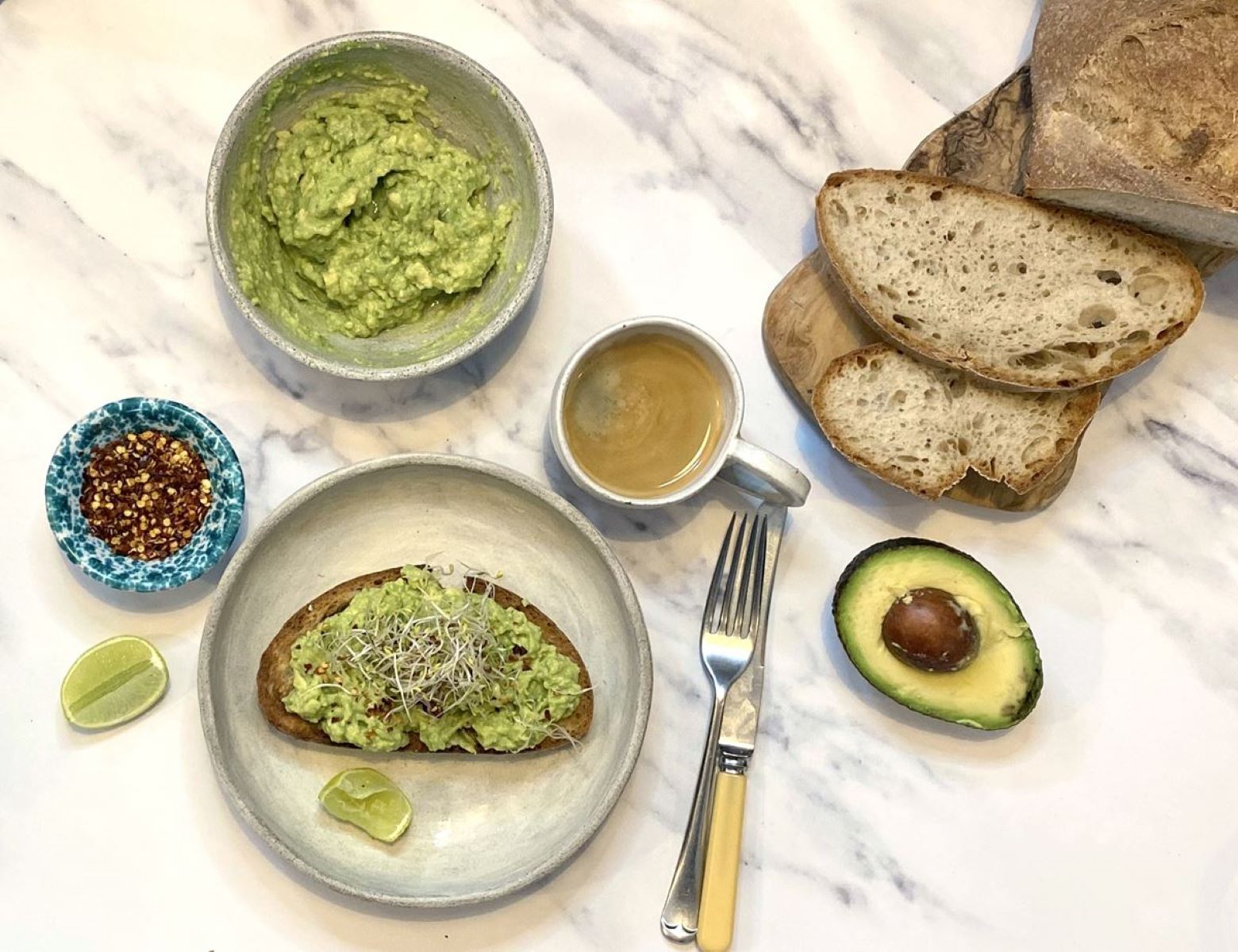
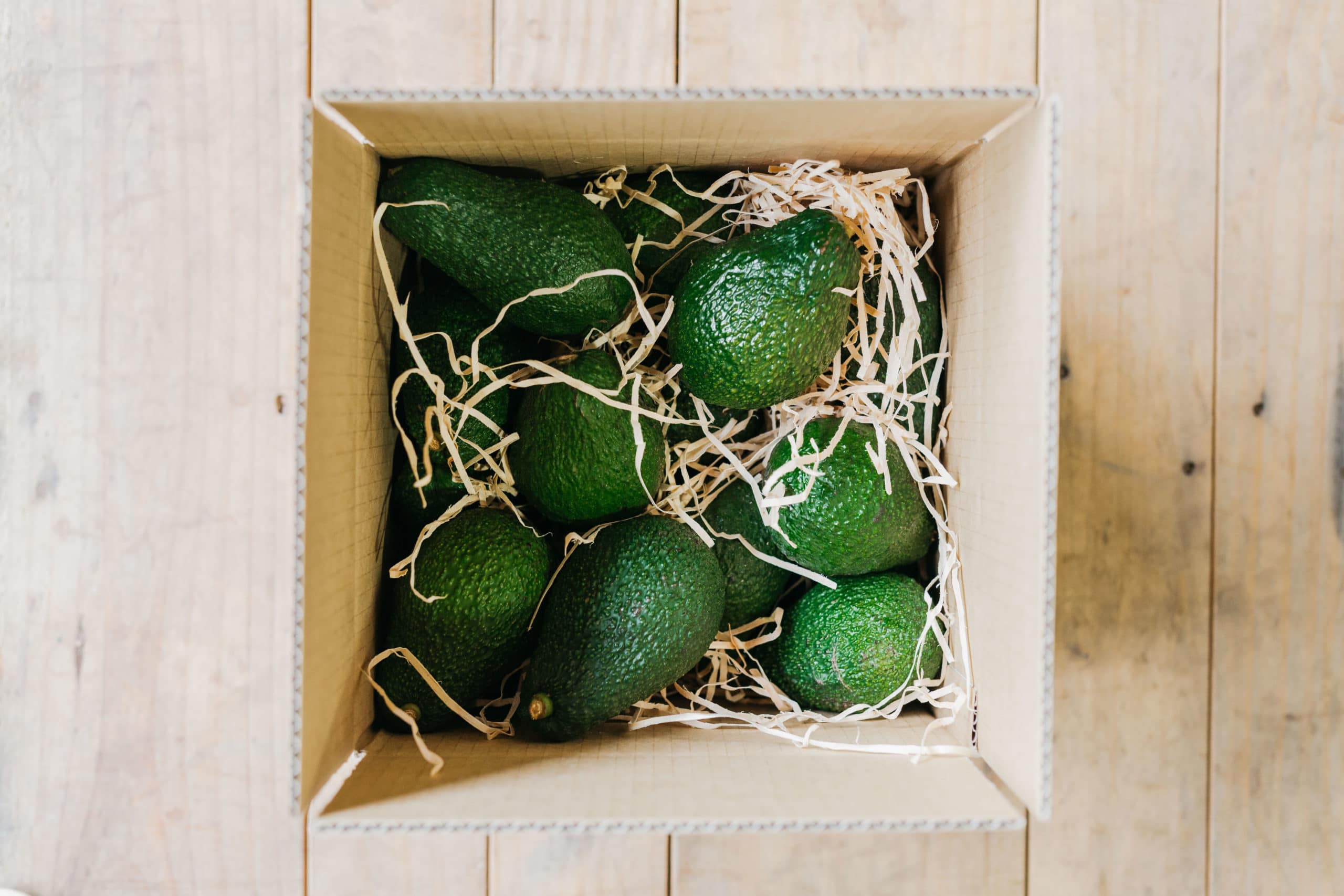
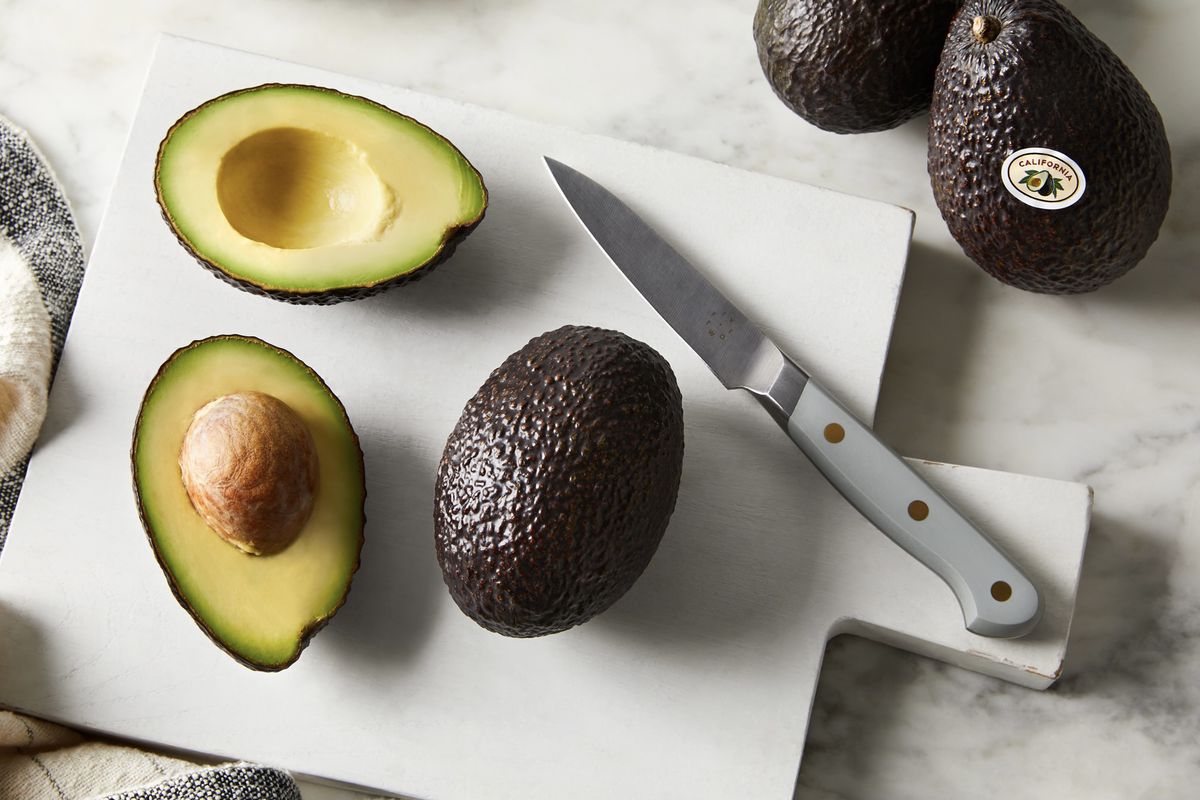
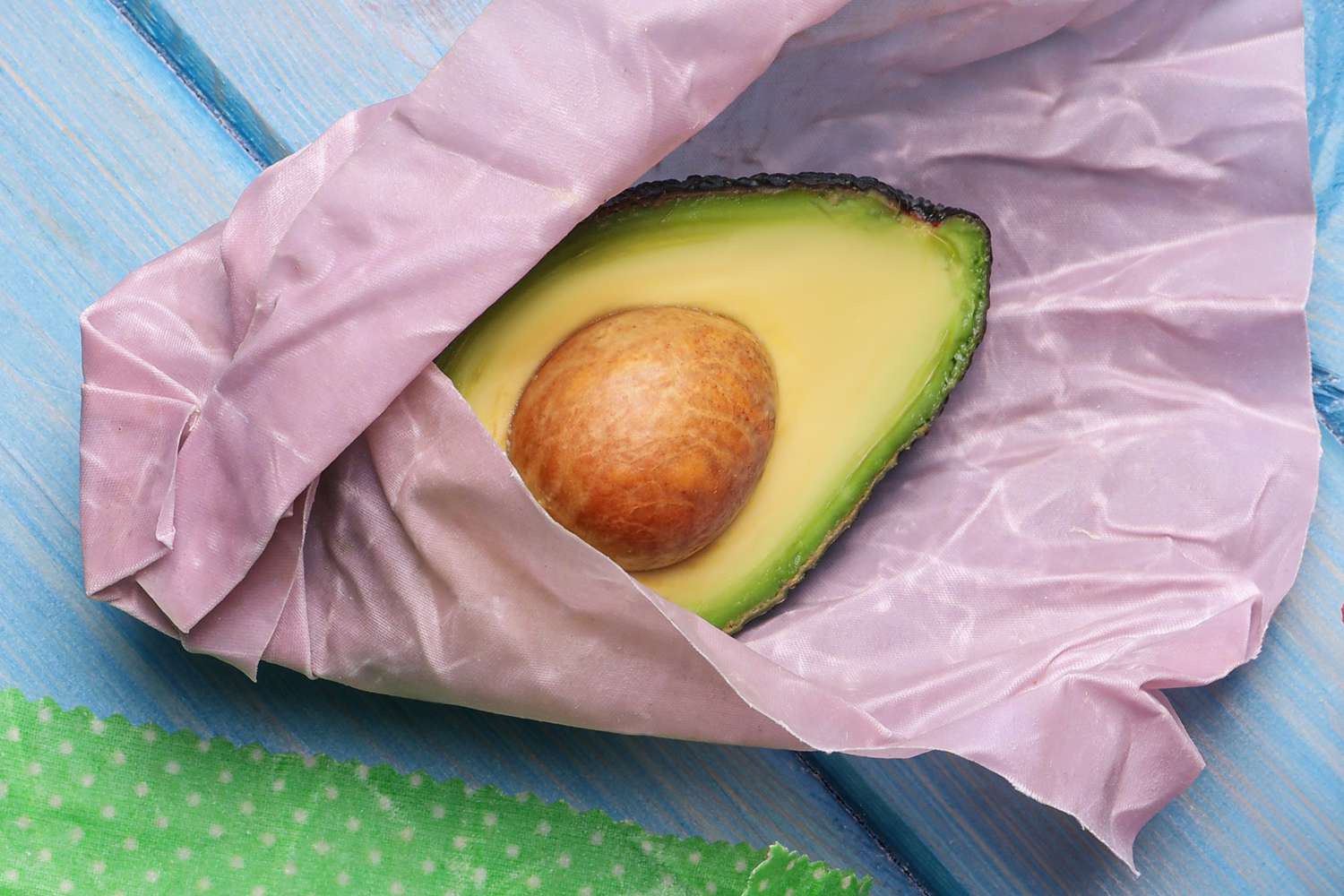
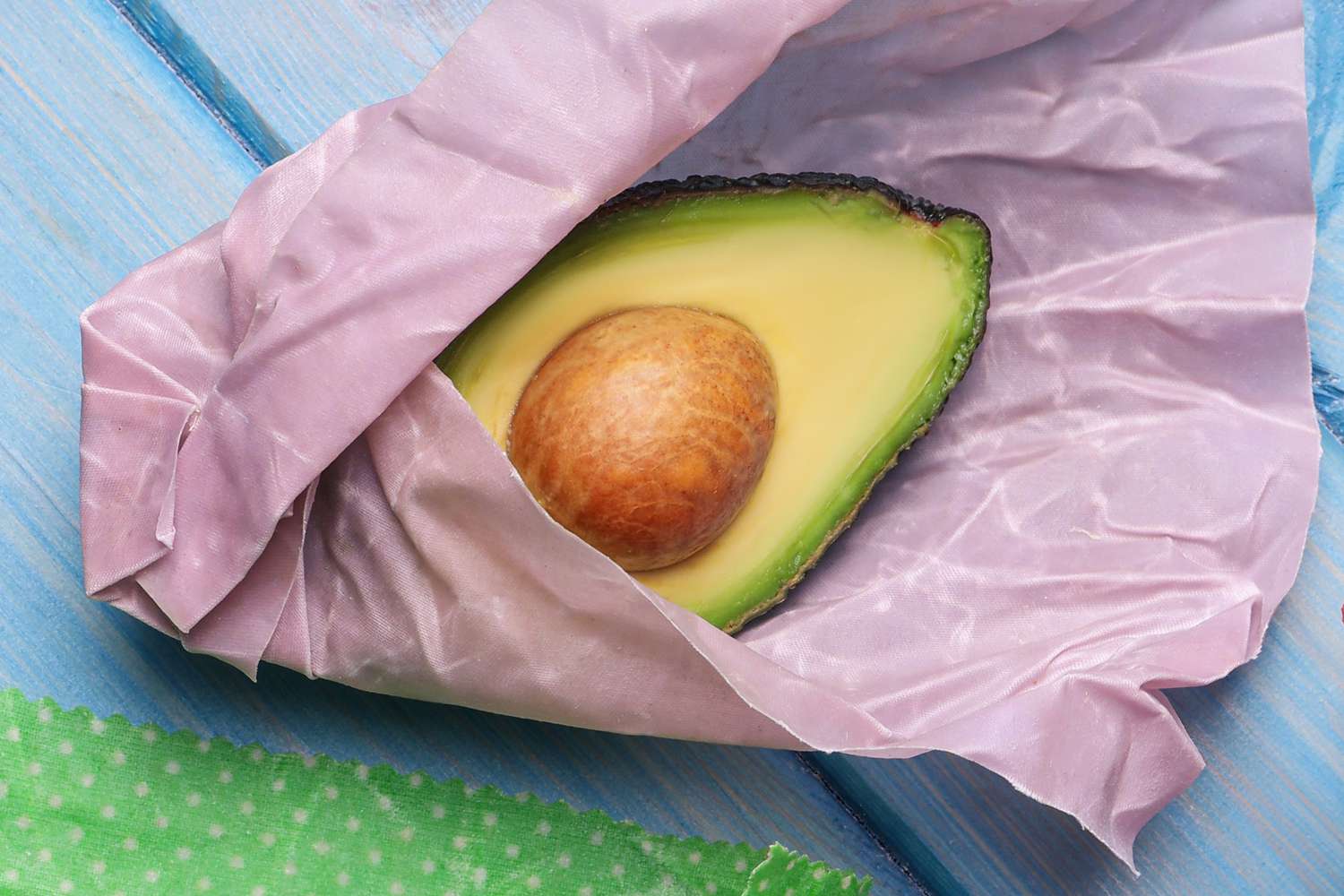
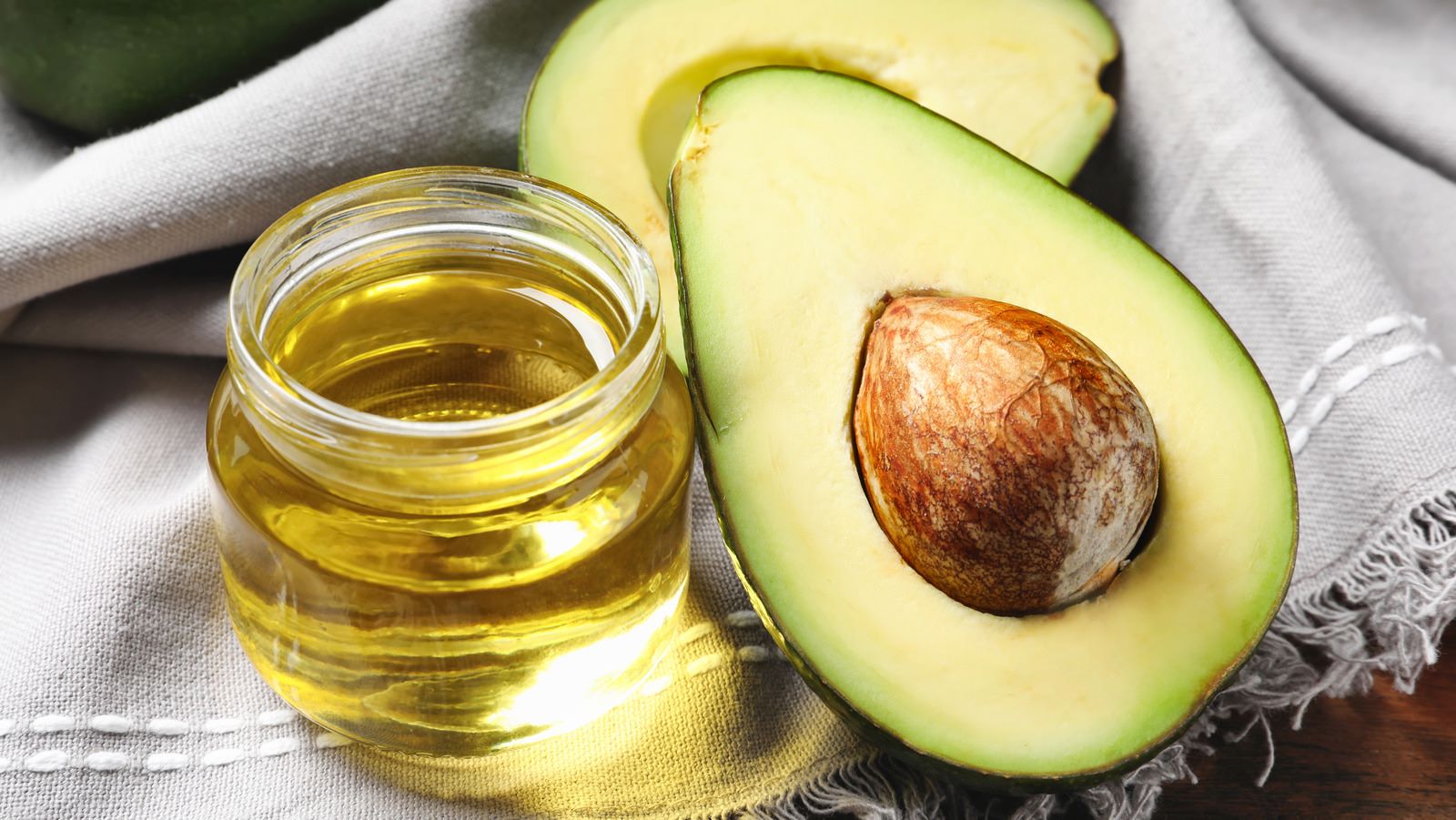

0 thoughts on “How To Store Cut Avocados In The Refrigerator”